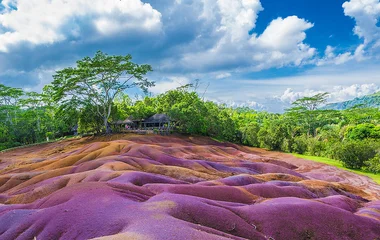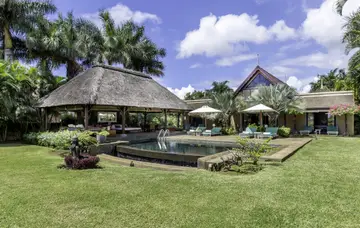
The climate
Thanks to its tropical climate, Mauritius weather is warm all year round, never dropping much below 22 degrees in the daytime and 18 degrees at night. You can expect the average amount of sun to be between six and eight hours a day, and a water temperature of 24-28 degrees. The best time to visit Mauritius is from May to December when the weather is cool, dry and sunny. Peak season is actually during January and February but these months are the hottest and also the most humid.












